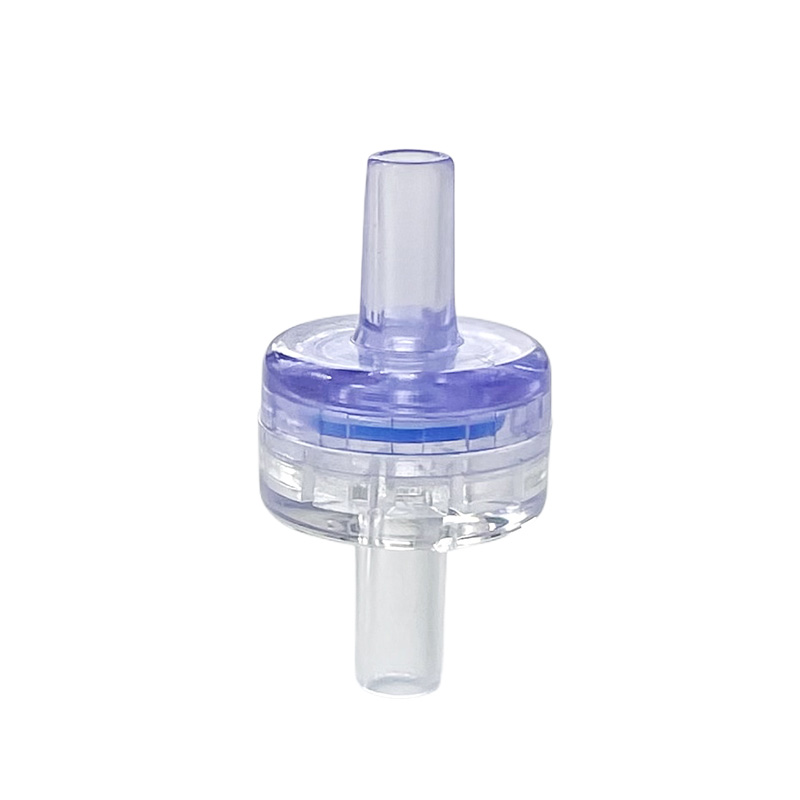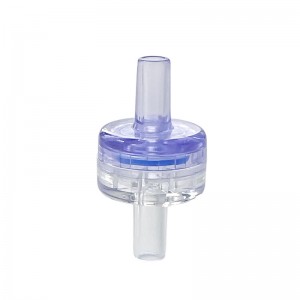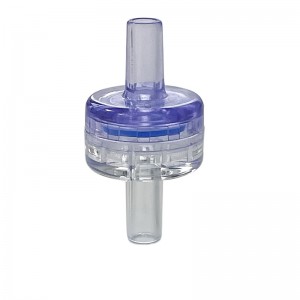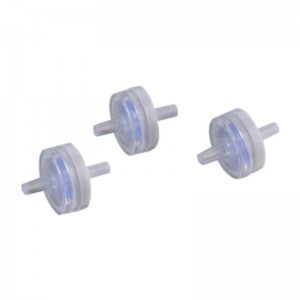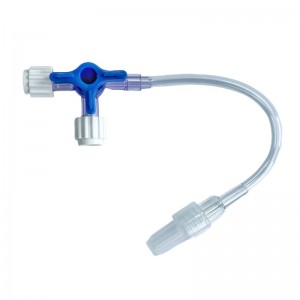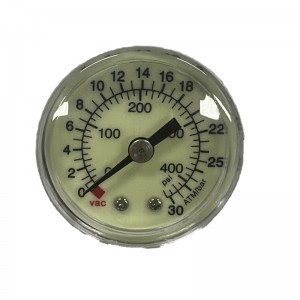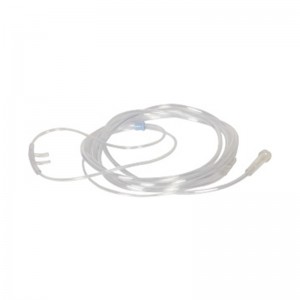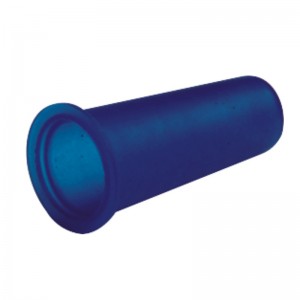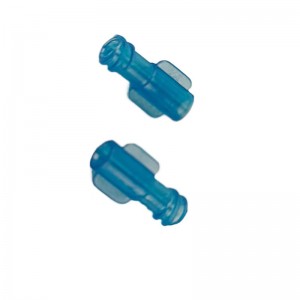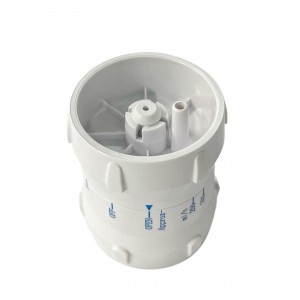One-Way Check Valve for Medical Use
A one-way check valve, also known as a non-return valve or a check valve, is a device used to allow the flow of fluid in only one direction, preventing backflow or reverse flow. It is commonly used in a wide range of applications, including plumbing systems, air compressors, pumps, and equipment that require unidirectional fluid control.The primary function of a one-way check valve is to allow fluid to flow freely in one direction while preventing it from flowing back in the opposite direction. It consists of a valve mechanism that opens when fluid flows in the desired direction, and closes to block flow when there is backpressure or reverse flow.Different types of one-way check valves exist, including ball check valves, swing check valves, diaphragm check valves, and piston check valves. Each type operates based on different mechanisms but serves the same purpose of allowing flow in one direction and blocking flow in the opposite direction.One-way check valves are typically designed to be lightweight, compact, and easy to install. They can be made from a variety of materials such as plastic, brass, stainless steel, or cast iron, depending on the application requirements and the type of fluid being controlled.These valves can be found in various sizes, from small miniature valves for applications such as medical devices or fuel systems, to larger valves for industrial processes and water distribution systems. It is important to choose the right size and type of check valve based on the flow rate, pressure, temperature, and compatibility with the fluid being controlled.Overall, one-way check valves are essential components in systems where backflow prevention is necessary. They ensure the directional flow of fluids, improve safety, and protect equipment from damage caused by reverse flow.

